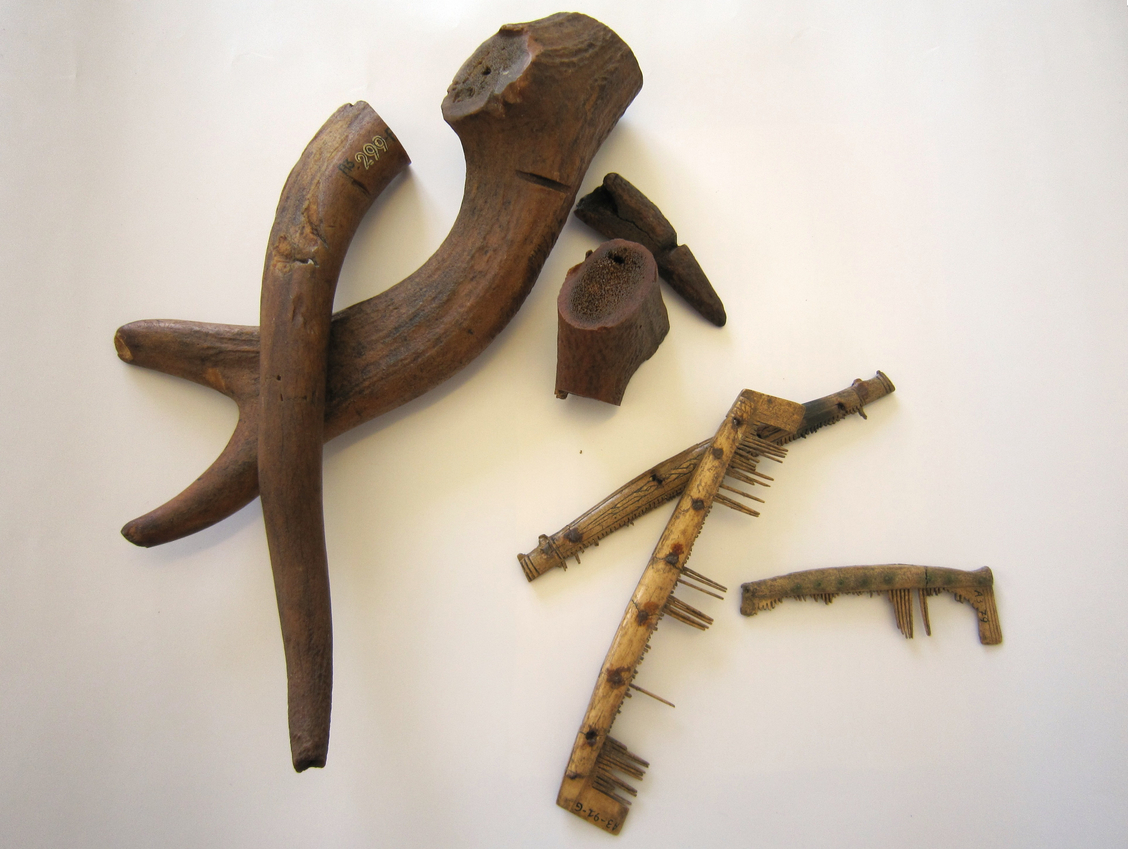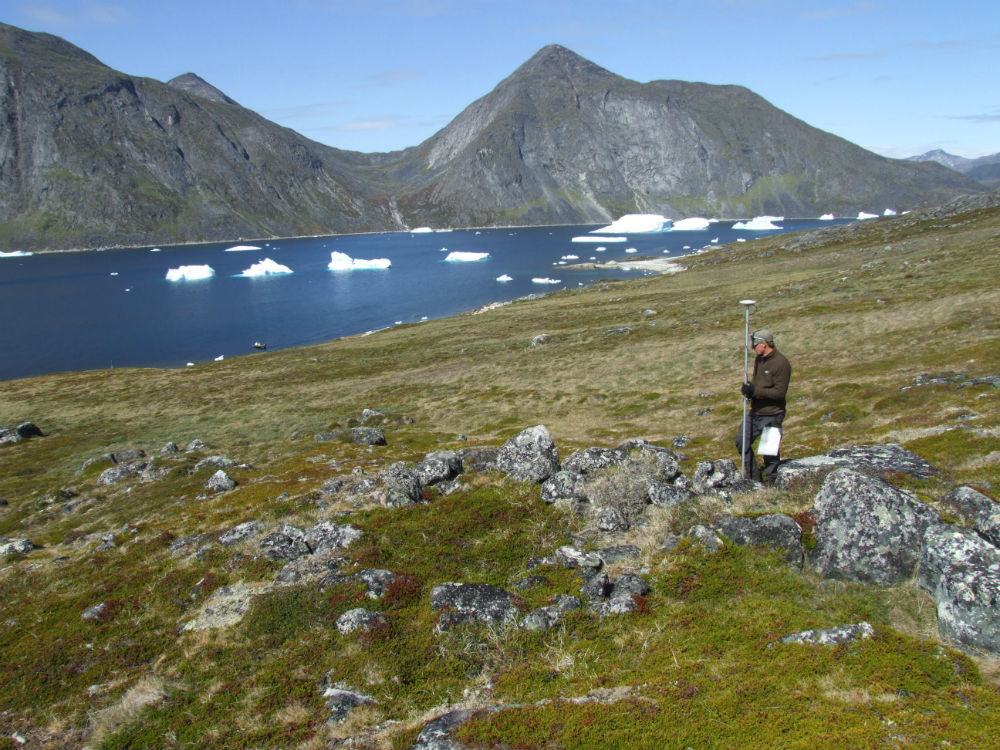Forget about the Viking Age beginning with the brutal sacking of Lindisfarne Priory in 793. According to new research, Norwegian Vikings began long sea voyages at least 70 years earlier, but they came looking for trade not plunder.
Archeologists digging beneath the old marketplace of Ribe, have stumbled upon the remains of reindeer antlers from Norway, which they believe prove trade links with Vikings far to the north.
"This is the first time we have proof that seafaring culture, which was the basis for the Viking era, has a history in Ribe. It's fascinating," Søren Sindbæk, a professor at the University of Aarhus and one of the others of a new study, told ScienceNordic.
Sindbæk believes early trading trips between Norway and Denmark gave the Vikings the seafaring skills that would be used some 70 years later to strike England.
Read the rest of this article...





